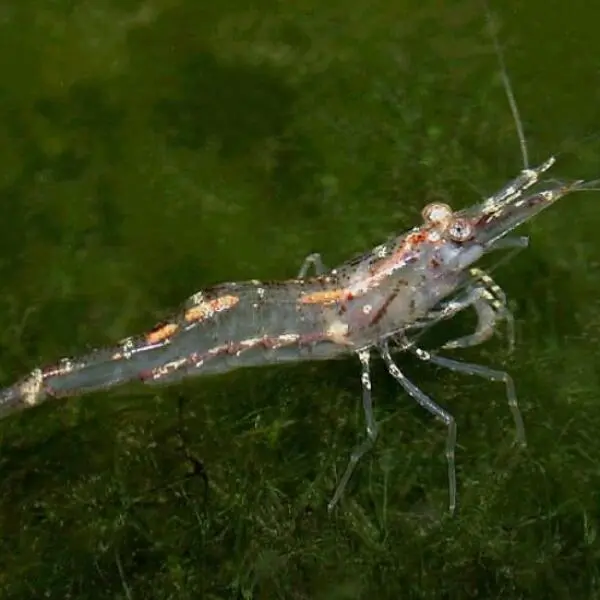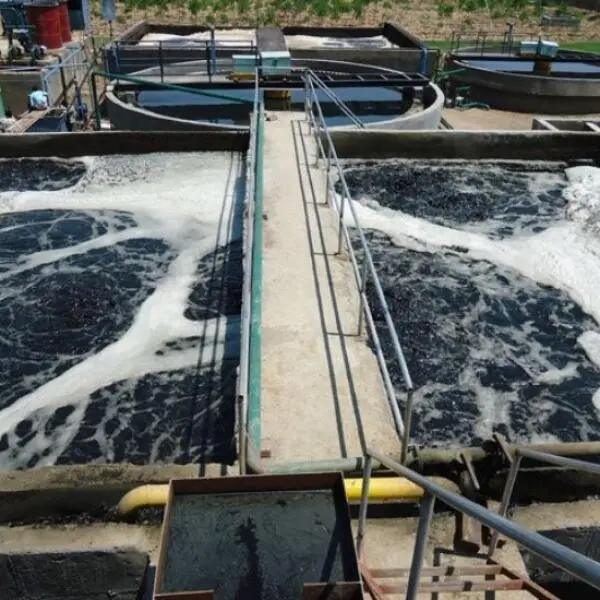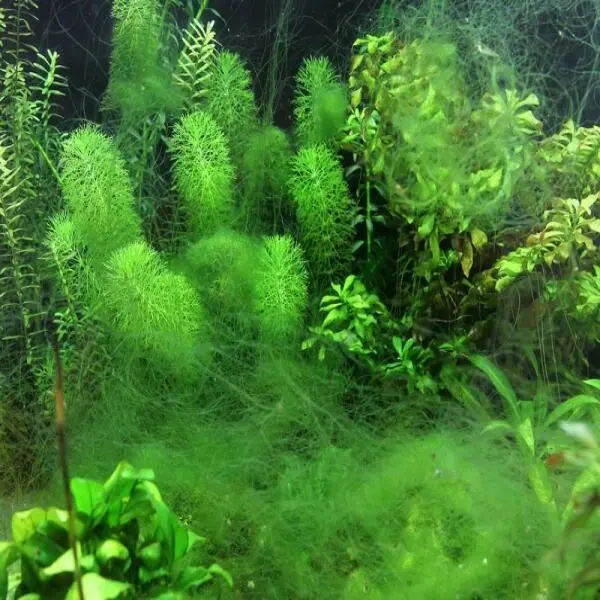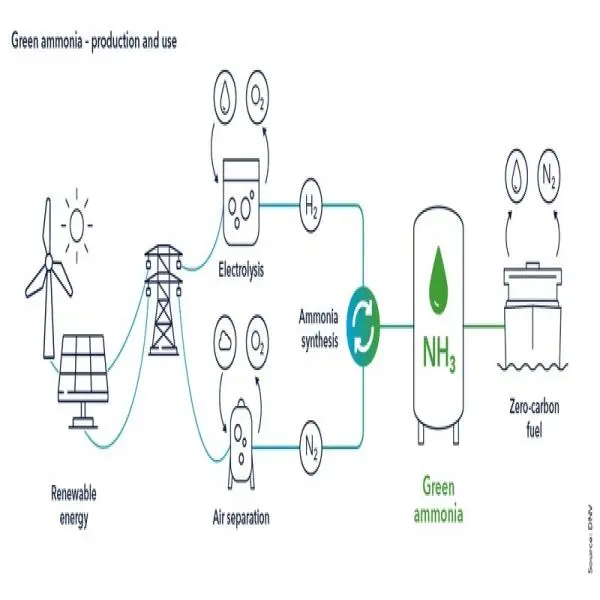
When it comes to maintaining a healthy pond, one of the most crucial factors to consider is pond water temperature. Whether you are keeping ornamental koi, goldfish, or other aquatic species, the temperature of your pond water has a significant impact on their overall well-being. Understanding the effects of water temperature on your pond ecosystem and taking the necessary steps to maintain it within an optimal range can ensure the health and longevity of your fish and plants.
Why Is Pond Water Temperature So Important?
Pond water temperature is a critical factor that influences the oxygen levels in your pond. Fish, being cold-blooded, rely on the surrounding water temperature to regulate their body heat. As the water temperature fluctuates, it directly impacts the dissolved oxygen levels available to your fish. Lower temperatures can reduce oxygen availability, while higher temperatures can make it more challenging for your pond water to hold sufficient oxygen. This is why maintaining the correct pond water temperature is essential to your pond’s health.
Moreover, drastic and sudden changes in pond water temperature can be extremely harmful to your fish. A sudden drop or rise in temperature can cause shock, stress, and even paralysis in your fish, leading to long-term damage. To prevent this, it’s crucial to monitor your pond’s temperature regularly and take corrective actions if needed.
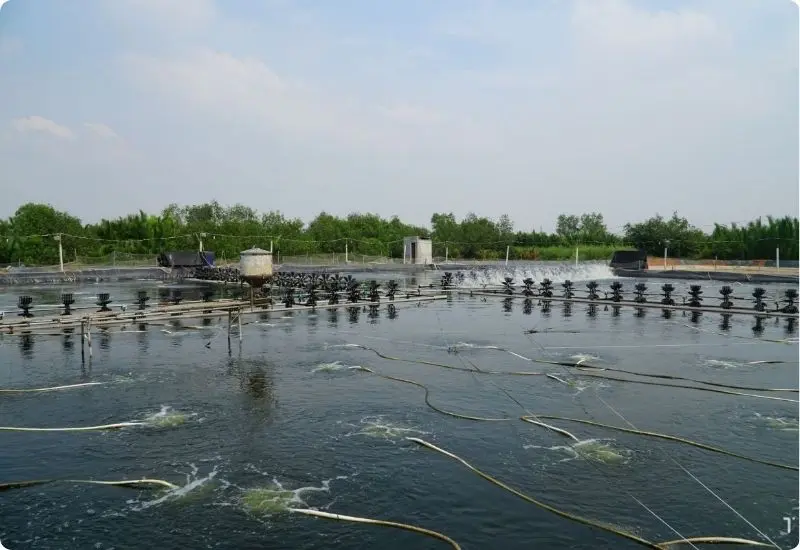
Why Is Pond Water Temperature So Important?
Techniques to Determine Pond Water Temperature
To keep track of the temperature in your pond, using a pond thermometer is highly recommended. A reliable and easy-to-use tool, will provide you with accurate readings of your pond water temperature. Floating thermometers are simple to install and can continuously measure the temperature, giving you real-time data to monitor any potential changes that could impact your fish’s health.
What Is the Ideal Pond Water Temperature?
The ideal temperature range for pond water is between 20 to 25°C (68 to 77°F). Keeping your pond water in this range ensures a stable environment for your fish to thrive, maintain proper metabolic functions, and receive the required oxygen levels. If your pond temperature rises or falls significantly outside of this range, it may lead to stress for your aquatic inhabitants.
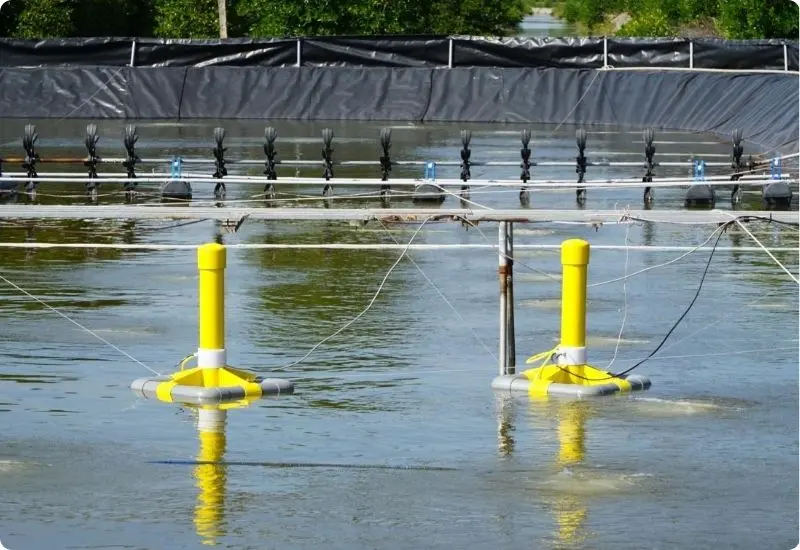
What Is the Ideal Pond Water Temperature?
Monitoring Winter Pond Water Temperature
Winter brings significant challenges for pond owners, especially in colder climates. As the temperature drops, the metabolism of your fish slows down, meaning they require less food. Once the pond temperature falls below 0°C (32°F), fish will stop eating altogether.
To protect your pond ecosystem during the winter months, it is essential to ensure that the water doesn’t freeze completely. If the water does freeze, it’s important to maintain a hole in the ice to allow for the release of toxic gases, which can accumulate under the ice and harm your fish. Using a de-icer is an effective method to prevent the surface from freezing over entirely, ensuring the safety of your fish and maintaining a healthy pond environment.
Seasonal Variations in Pond Water Temperature
Here’s an in-depth analysis of how the temperature varies across the seasons and what actions you should take to ensure your pond thrives throughout the year:
Spring:
Water temperatures start to climb during the spring. However, temperatures can be quite unpredictable, which can pose a risk to your fish, especially if they’ve been dormant over the winter. During this period, it is essential to monitor the temperature closely, as sudden temperature changes can stress fish with weakened immune systems.
To prevent temperature shock, it’s a good idea to turn off any water features such as waterfalls and fountains to help stabilize the temperature. Additionally, you can start adding non-invasive aquatic plants once the water temperature reaches around 15°C (59°F).
Summer:
Summer is the season when pond water temperature can reach its highest. Ideally, the temperature should stay between 20°C and 25°C (68°F to 77°F), but it’s crucial not to exceed 29°C (84°F), as this can reduce the oxygen content in the water, making it difficult for your fish to breathe.
During this time, aeration becomes increasingly important. Aerators, fountains, and waterfalls help oxygenate the water, ensuring that your fish receive the necessary oxygen to survive. Proper aeration also helps reduce algae growth, which thrives in warmer, stagnant water.
Autumn:
In autumn, the temperature begins to cool down, signaling the approach of winter. The pond water temperature will gradually fall, and it’s important to allow your fish and plants time to adjust to the cooler water. During this season, you should prepare your pond for the upcoming winter by removing debris, pruning plants, and making any necessary repairs to equipment.
Tips for Managing Pond Water Temperature
To maintain the right temperature for your pond and its inhabitants, consider the following tips:
- Monitor Temperature Regularly: Invest in a pond thermometer to track the water temperature accurately. Monitoring the temperature daily can help you spot any sudden fluctuations that could harm your fish.
- Seasonal Adjustments: Be prepared for the seasonal changes that affect pond water temperature. For instance, you may need to add heaters or aerators during winter or use shade and aeration during the hot summer months to keep the temperature within the ideal range.
- Adjust Feeding Practices: The amount of food your fish need depends on the water temperature. In winter, fish require little to no food, while in summer, they will eat more. Ensure you feed your fish only what they can consume in 3-5 minutes to avoid overfeeding, which can lead to excess waste and poor water quality.
- Ensure Proper Depth: The depth of your pond plays a role in how quickly it warms or cools. Shallow ponds tend to warm up faster, while deeper ponds stay cooler. This means that in colder climates, deeper ponds can help protect your fish during winter, as the water near the bottom remains warmer.
- Use a Pond Water Temperature Calculator: Some pond care tools, like pond water temperature calculators, can help you determine the appropriate seasonal changes and adjustments needed for your pond. These calculators can help you understand how temperature affects your fish’s metabolism and oxygen levels, giving you insights into the best course of action.
- Avoid Rapid Temperature Changes: Gradual changes are key to maintaining a healthy pond environment. Sudden fluctuations in water temperature of more than 5°C (9°F) per day can stress or even harm your fish. To prevent this, avoid introducing hot or cold water suddenly and make gradual adjustments.
Seasonal Pond Care Adapted to Water Temperature Fluctuations
Proper seasonal pond care ensures that your pond remains a healthy and stable environment for fish and plants throughout the year.
- Spring: Focus on cleaning, aeration, and preparing your pond for the active season. Pay attention to ammonia and nitrite levels and perform water changes if necessary.
- Summer: Prioritize oxygenation by maintaining aerators and water features. Avoid overfeeding and remove organic debris to prevent excess waste that can lower oxygen levels.
- Fall: Clean your pond and prepare it for winter. Reduce feeding as water temperatures decrease, and continue aerating to ensure oxygenation.
- Winter: Ensure your pond is deep enough to protect fish, and use a de-icer to maintain a hole in the ice for gas exchange. Stop feeding fish once the water temperature falls below 4°C (39°F).
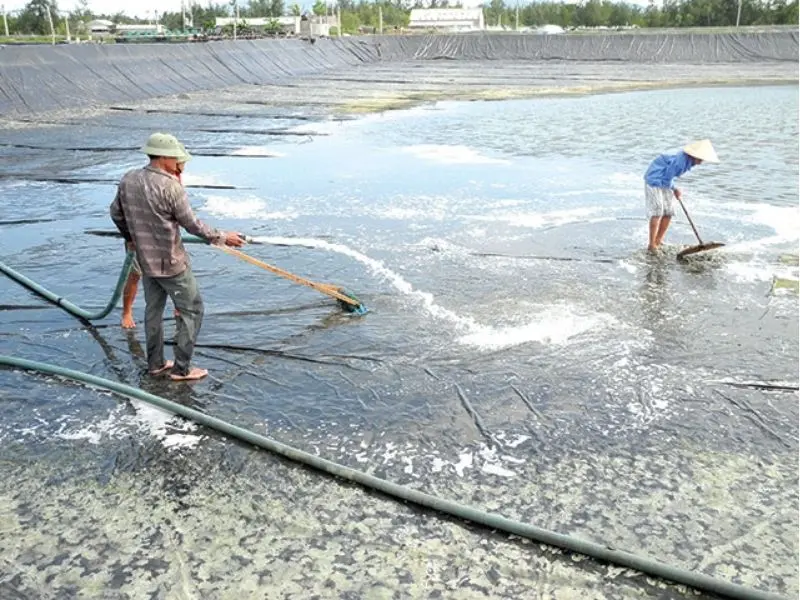
Seasonal pond care adapted to water temperature fluctuations
Conclusion
Maintaining the right pond water temperature is crucial for the health of your fish and the overall balance of your pond ecosystem. Regularly measuring the temperature, adjusting your pond care routine with the seasons, and using tools like a pond thermometer or pond water temperature calculator can help you keep your pond in optimal condition. By understanding the impact of temperature on oxygen levels and fish metabolism, you can create a thriving aquatic environment that will support your fish and plants throughout the year.
By following these tips and guidelines, you can enjoy a healthy, thriving pond and ensure that your aquatic life remains happy and well-cared for in every season.
Related Articles
How Does Salinity in Aquaculture Affect Shrimp Growth?
Salinity plays a fundamental role in the successful cultivation of aquatic species, including ...
What is the Perfect Salinity for My Aquarium?
Maintaining proper salinity in aquariums is crucial for the health and well-being of your aquatic ...
What Are Pond Nutrients and Why Do They Matter?
Pond nutrients are a vital element of aquatic ecosystems, providing the essential "fuel" for plant ...
Why is Bacteria Water Treatment Important? How Bacteria Clean Our Water
Water treatment is a cornerstone of environmental sustainability, essential for ensuring safe water ...
The Role of Algae in Aquatic Environments
Algae play an essential role in maintaining the balance and health of aquatic ecosystems. Often ...
How Ammonia Fuel Works and Its Role in Renewable Energy
With the growing demand for alternatives, ammonia fuel is emerging as a promising standout in the ...

